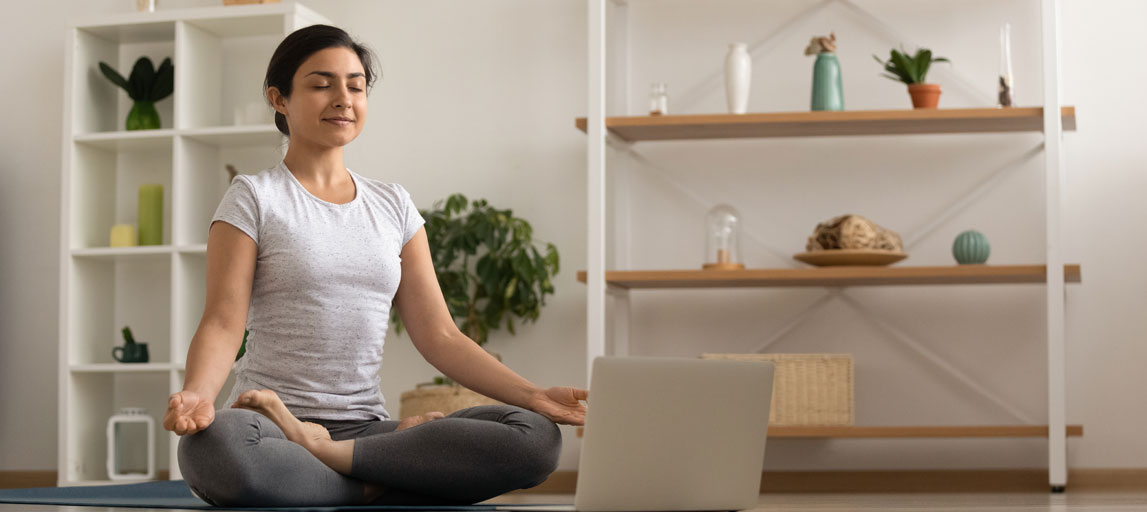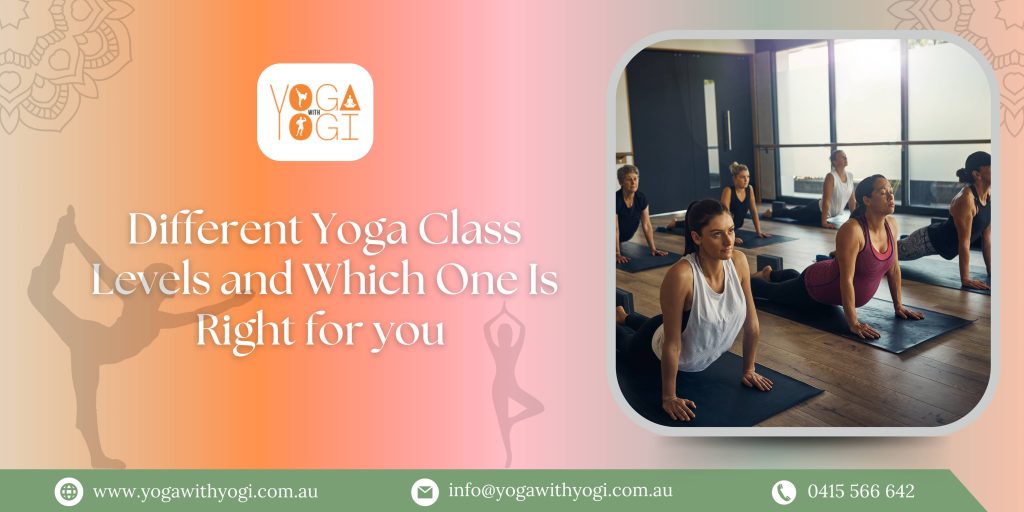You must have heard about different levels of yoga and must have given a thought about it. Also, terms like level 1, level 2, beginner, intermediate, and advanced yoga levels must have made you wonder about where you fit in. This is a confusion for a lot of people who have just started to attend Yoga classes in Sydney or have started doing yoga at their home. In this article, we will discuss three different levels of yoga namely beginner, intermediate, and advanced so that you can be assured where you fit in by understanding everything about the levels.
Beginner level Yoga class
Beginner yoga classes as the name suggests is for people who have very little or no experience of attending yoga classes and have not done yoga before. Numerous introductory yoga poses are included to provide you with a strong basis for your yoga practice. Although there won’t be many arm balances, the instructor could break down crow pose because it’s regarded as beginner-level arm balancing.
Although your teacher may probably teach shoulder stands and even headstands when he or she feels the class is ready, you are unlikely to discover many inversion exercises. Although your teacher will undoubtedly provide you with some great (accessible) stretches, you are unlikely to find very deep stretches in a beginner-level class.
Intermediate Level Yoga Class
Classes at an intermediate level are accessible to students with varying degrees of experience. Among amateurs who feel prepared for the next difficulty level, you’ll find seasoned pros dropping in to take moderate classes. There will likely be a wide range of strength, flexibility, and expertise in the classroom because, as the name implies, an intermediate class will be slightly more difficult than a beginner class but not as challenging as an intermediate class.
Postures in an intermediate level yoga class
- Many of the core poses you might find in a beginner’s class will be repeated here, with a little more difficulty.
- Although you might be invited to attempt certain medium and advanced poses, there won’t be any pressure on you to perform them flawlessly.
- There will be time for instruction, breakdown, and explanation, but you might see a few basic arm balances at first, such as crow posture and possibly a few more.
- With assistance from a wall, you might witness a few more inversions, such as headstand and possibly forearm stand, with direction and clarification.
Advanced-Level Yoga Class
As compared to all previous difficulty levels, advanced classes are probably going to have the most quiet and space-filled areas. However, your teacher will probably provide at least a partial explanation of extremely difficult poses. As a result, he or she might (ideally) allow you the time and space to focus on yourself, before providing more specific advice when necessary. You will have time for meditation in certain classes. Also, some advanced programs frequently provide time for Scriptural readings and breathing exercises.
Postures in advanced level yoga class
Foundational postures will still be visible but You’ll be asked to do more difficult poses and transitions, such as Arm balances with reversals of arm balancing sequences and their numerous variations Yoga poses that focus on the core and cause sweat, such as side planks, as well as really deep stretches like splits and deep backbends will be done in advanced levels
Conclusion
There are three different levels of yoga in yoga classes and anybody who joins has to start from the beginner level and slowly move to advanced level. If you want to become a master of yoga, all these levels must be learnt and practiced.





